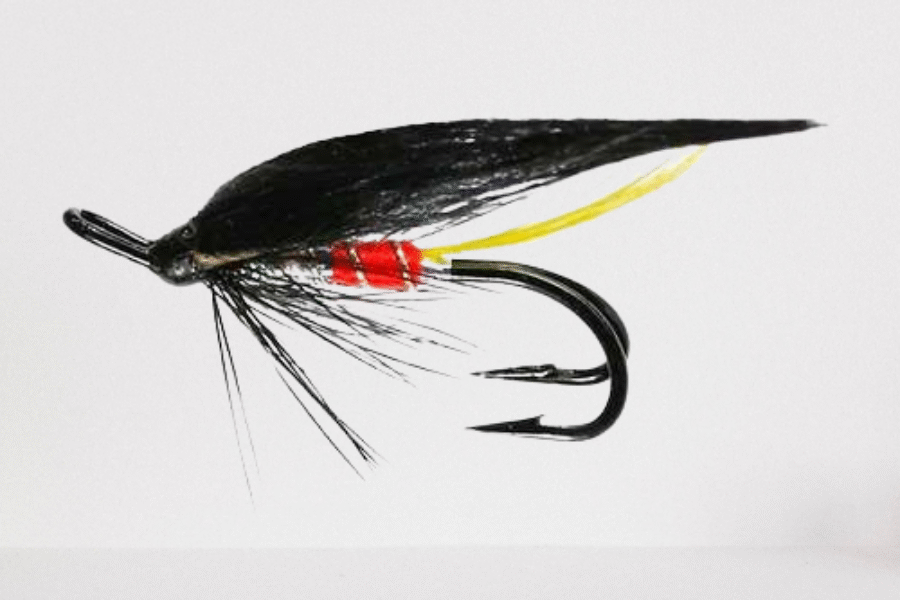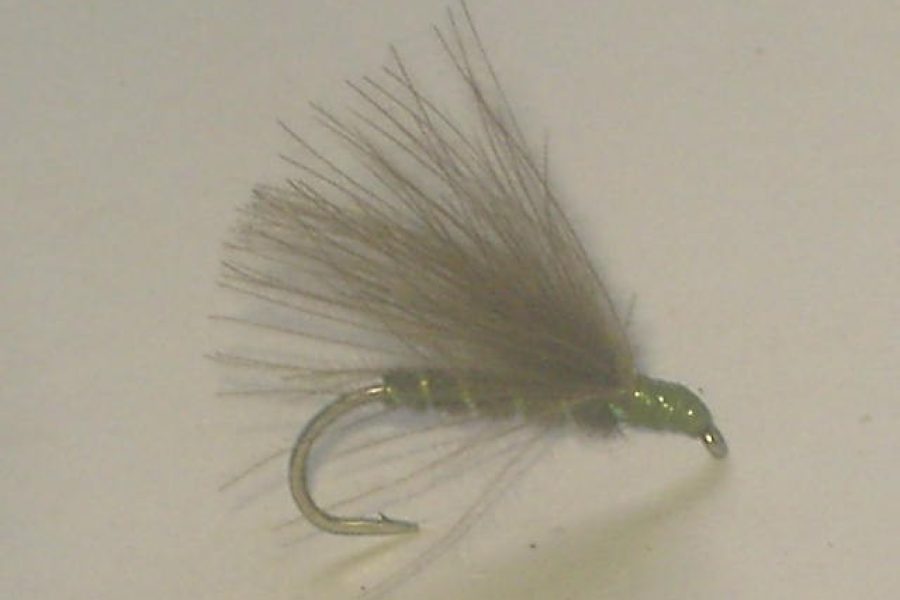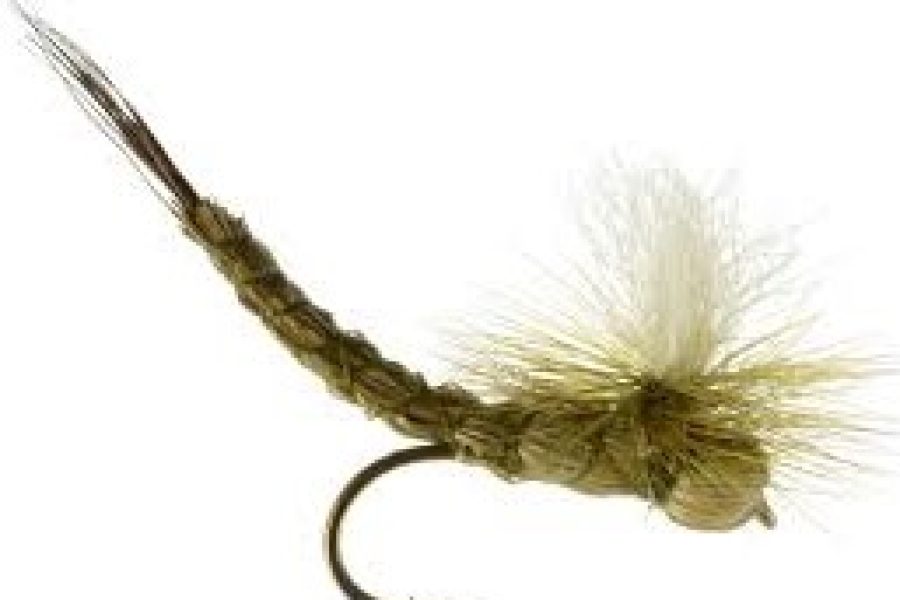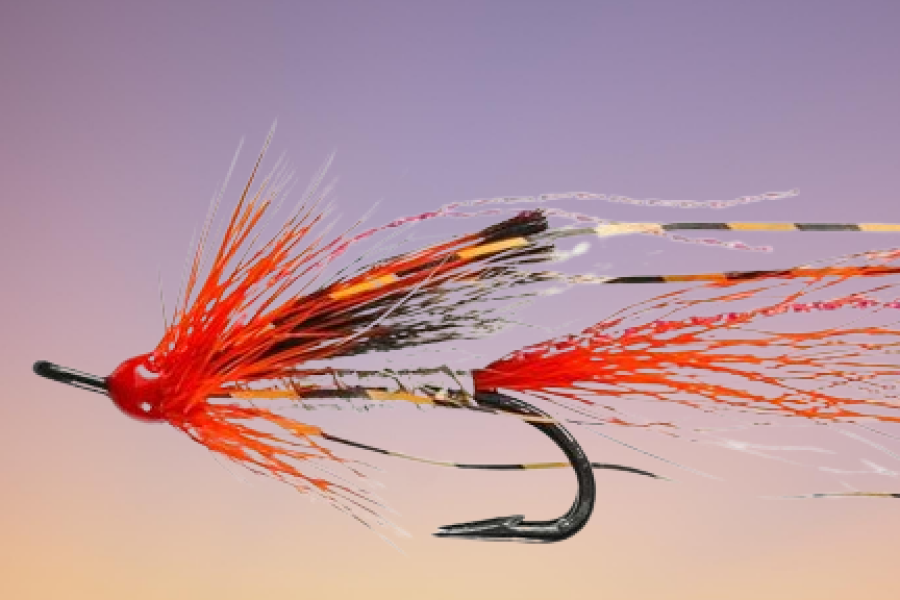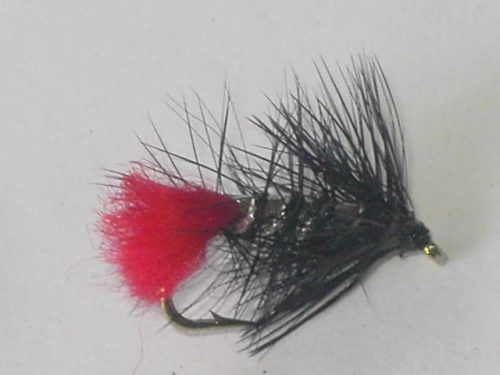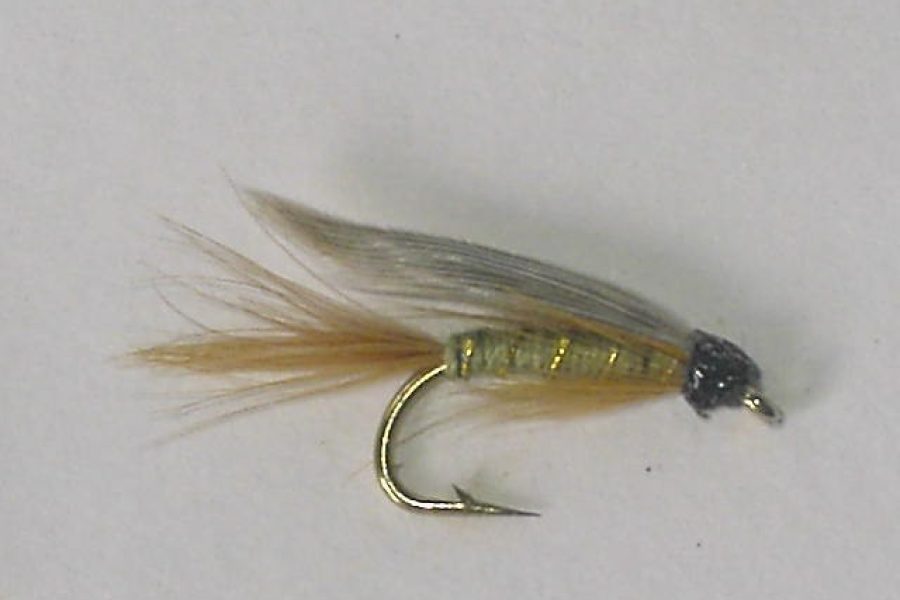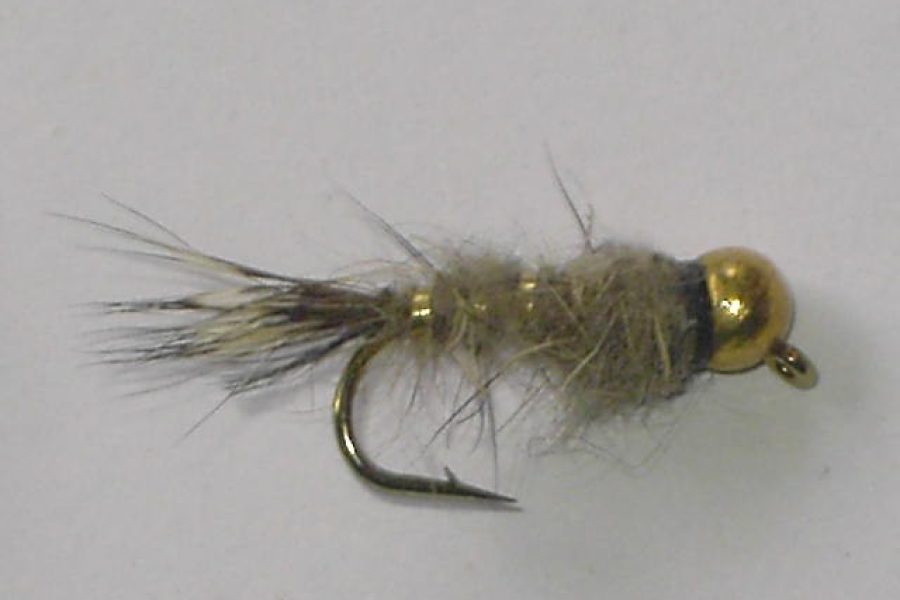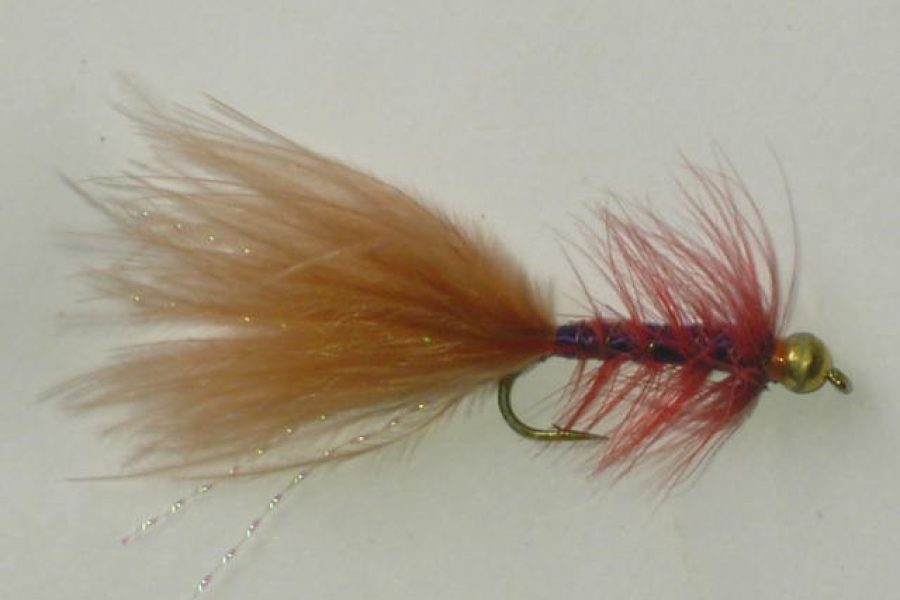Black Zulu wet fly
Per Dozen $ 4.00
Description
Black Zulu Wet Fly: Classic Killer Pattern
The Black Zulu wet fly represents a masterful approach to traditional wet fly design, combining deadly simplicity with proven fish-catching effectiveness. This meticulously crafted pattern features carefully selected materials that create a compelling profile in the water, making it particularly effective for targeting both wild and stocked trout across various conditions.
Design Excellence and Innovation The pattern showcases sophisticated yet simple design elements that set it apart from standard wet flies. Its carefully engineered construction provides a perfect blend of visibility and attraction, while the black body and red tag create a highly visible yet natural profile that triggers strikes. The combination of pushing water and solid silhouette makes it particularly successful across different fishing situations.
Material Selection and Technical Construction Every component is carefully selected for both performance and durability:
- Premium black seal’s fur/wool body
- Red ibis feather/wool tail
- Red-brown cock hackle
- Durable thread base
- Traditional hook selection
- Reinforced construction techniques
Strategic Fishing Applications This pattern excels in multiple fishing scenarios:
- Dull, windy days
- Various water types
- Different light conditions
- Multiple species targeting
- Lake and river fishing Each environment allows the pattern to showcase its effectiveness.
Seasonal Effectiveness The pattern demonstrates remarkable productivity throughout the year:
- Spring: Prime season
- Summer: Peak effectiveness
- Fall: General searching
- Winter: Clear water fishing Seasonal adaptations in presentation maximize success.
Species-Specific Performance While primarily designed for trout, the pattern proves deadly for:
- Wild brown trout
- Rainbow trout
- Pattern-specific feeders
- Various game species
- Opportunistic fish
Water Presentation Characteristics Superior presentation qualities include:
- Solid silhouette
- Water-pushing action
- Perfect profile
- Attractive red tag
- Lifelike movement
Advanced Retrieval Techniques To maximize the pattern’s effectiveness:
- Traditional wet fly swing
- Strip retrieves
- Various speeds
- Pattern manipulation
- Depth control
Technical Advantages Key performance benefits include:
- Versatile presentation options
- Natural movement in current
- Excellent hook-up ratio
- Durable construction
- Multiple fishing applications
Line and Leader Configuration For optimal presentation:
- Weight-forward floating lines
- Traditional wet fly setup
- 4X-5X tippet recommended
- Fluorocarbon options
- Proper turnover design
Environmental Adaptability The pattern performs consistently across:
- Various water clarities
- Different current speeds
- Multiple depth ranges
- Various light conditions
- Different temperature ranges
Competition and Professional Applications The Black Zulu has established itself in serious angling:
- Once banned from competition due to effectiveness
- Guide’s choice for searching
- Professional competition use
- Teaching pattern for wet fly fishing
- Reliable producer in challenging conditions
Size Variations and Pattern Modifications Available in multiple configurations:
- Various hook sizes
- Hackle density options
- Body thickness variations
- Color modifications
- Profile adjustments
Storage and Maintenance Requirements To maintain optimal performance:
- Store in ventilated compartments
- Protect hackle materials
- Regular inspection
- Proper drying essential
- Material maintenance
Advanced Rigging Techniques Multiple rigging options enhance versatility:
- Traditional wet fly setup
- Bob fly position
- Multiple fly rigs
- Specialized leader designs
- Depth control methods
Historical Context and Evolution The pattern’s development reflects:
- Traditional fly heritage
- Time-tested materials
- Refined proportions
- Proven effectiveness
- Continuous relevance
Quality Control Standards Each fly maintains strict requirements:
- Precise hackle placement
- Proper proportioning
- Construction integrity
- Material selection
- Pattern uniformity
Fishing Location Selection Optimal fishing locations include:
- Scottish lochs
- Welsh upland waters
- Lake edges
- Structure areas
- Feeding zones
Weather and Condition Considerations Pattern effectiveness varies with:
- Light conditions
- Water clarity
- Temperature
- Barometric pressure
- Time of day
Presentation Techniques Achieving proper presentation through:
- Accurate casting
- Proper mending
- Drift control
- Distance management
- Line control
Color and Profile Characteristics The pattern’s coloration provides:
- Maximum visibility
- Perfect attraction
- Low-light effectiveness
- Natural appearance
- Effective contrast
Movement Characteristics Natural movement achieved through:
- Hackle action
- Current interaction
- Body design
- Material flexibility
- Presentation technique
Durability Features Construction elements ensuring longevity:
- Reinforced hackle attachment
- Quality material selection
- Proper proportioning
- Strategic construction
- Hook point protection
Target Species Behavior Understanding fish response to:
- Traditional profile
- Pattern visibility
- Movement triggers
- Feeding patterns
- Strike triggers
Water Type Adaptations Effective across various waters:
- Lakes and lochs
- Rivers and streams
- Various currents
- Different depths
- Multiple conditions
Casting Techniques Specialized casting methods:
- Traditional wet fly cast
- Roll casting
- Line speed control
- Loop formation
- Wind adaptation
Strike Detection Recognizing takes through:
- Line hesitation
- Leader movement
- Direct observation
- Visual cues
- Tactile detection
Hook Setting Techniques Proper hook setting through:
- Timing considerations
- Pressure control
- Direction management
- Follow-through
- Fish behavior reading
Fighting Techniques Landing fish effectively:
- Pressure application
- Direction control
- Line management
- Fish behavior adaptation
- Landing strategies
Additional information
| Hook type | Barbed Hooks, Barbless Hooks |
|---|---|
| Hook size | 10, 12, 14, 16, 18, 20 |
We're glad you're here. Let us know how we can assist — whether you're looking for barbless flies, bulk orders, or have a custom request. We're ready to help you catch the perfect deal!

